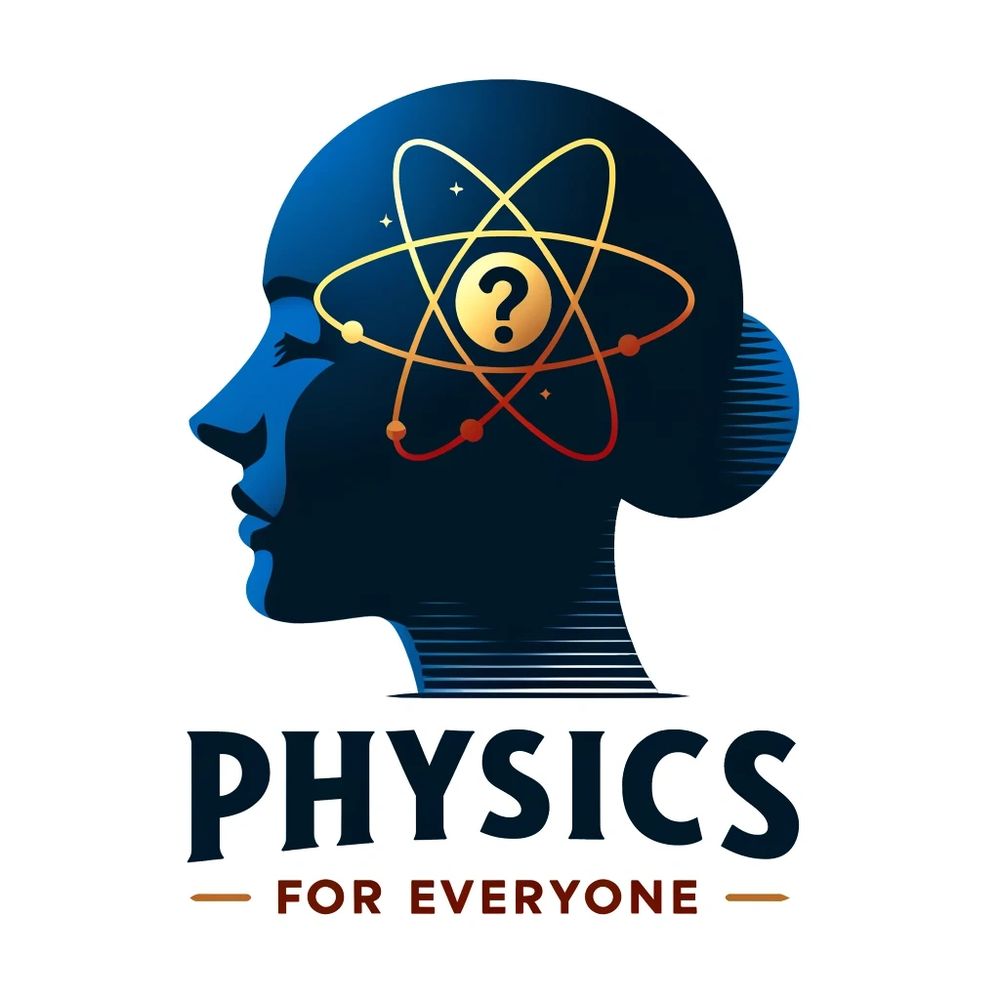

Discover Physics
The Wonders of the Universe
The Wonders of the Universe
The Wonders of the Universe
Ever wondered why the universe is filled with massive galaxies and intricate, tiny atoms?
Or why our sun, like billions of other stars, exists, fusing matter and radiating energy that warms nearby planets like Earth? How do these structures form, and what holds them together? The answer lies in the four fundamental forces that shape everything: gravity, electromagnetism, the strong nuclear force, and the weak nuclear force. These forces govern the cosmos, from the largest celestial bodies to the smallest particles, orchestrating the complex dance of creation.
Physics in Everyday Life
The Wonders of the Universe
The Wonders of the Universe
Physics is all around us!
Did you know that grass appears green because it absorbs most of the red and blue light but reflects green light back to our eyes? This is just one example of how physics is at play in our daily lives. Consider why your morning coffee stays hot in an insulated mug—it's all about reducing heat transfer. Or think about the simple act of walking: every step you take involves friction, momentum, and energy transfer. Physics isn’t just for labs or space; it’s woven into every moment of your day, making the ordinary extraordinary.
Famous Physics Experiments
The Wonders of the Universe
Famous Physics Experiments
Throughout history, physics experiments have unraveled the most perplexing mysteries!
For instance, the dual nature of light. In 1801, Thomas Young's double-slit experiment revealed that light behaves as a wave, creating an interference pattern when passing through two slits. A century later, Albert Einstein won the Nobel Prize for his work on the photoelectric effect, which demonstrated that light also behaves as a particle (photon), laying the groundwork for quantum mechanics. From gravitational waves to high-energy particle collisions at CERN, physics continues to push the boundaries of what we know.
Physics and Art
The Future of Technology
Famous Physics Experiments
Art and physics couldn't be more opposite, right? Not so!
Physics plays a major role in both audio and visual arts. The study of harmonics, resonance, and wave interference deepens our understanding and appreciation of music. The precise control of light waves, diffraction, and interference patterns creates stunning laser shows. Optics helps artists recreate how light interacts with objects, leading to realistic or surreal visuals. High-speed cameras apply principles of optics and mechanics to capture events at thousands of frames per second, allowing us to observe details like the exact moment a drop of water splashes. These are just a few examples of how art and physics combine forces!
The Physics of Sports
The Future of Technology
The Future of Technology
Sports are exciting and fun, and physics makes it all possible!
A home run in baseball requires the perfect balance between the angle of trajectory and the speed off the bat. Warmer air can even result in more home runs due to reduced air density. In beach volleyball, momentum transfer determines the power of a spike, while Pythagoras' theorem predicts where it will land. The spiral in a football’s toss reduces air resistance, allowing it to fly farther and straighter. Even a soccer free kick curves through the air thanks to the Magnus effect, where the ball's spin creates a force perpendicular to its motion. Physics is at the heart of every thrilling moment in sports, making the impossible possible.
The Future of Technology
The Future of Technology
The Future of Technology
Physics is at the core of the groundbreaking technologies shaping our future!
Quantum computing is revolutionizing how we process information, solving problems far beyond the reach of traditional computers. Advanced cancer therapies, like proton therapy, target tumors with pinpoint accuracy, minimizing damage to surrounding tissues. The internet, initially developed at CERN, connects the world in ways we never imagined. Meanwhile, robotics and AI are transforming industries, bringing us closer to a future where machines work alongside humans in innovative ways. Physics continues to drive the cutting edge of technology, pushing the boundaries of what’s possible.

Science is not a solo journey; it is a vast collaboration and, most of its rewards are personal. It is also a story of the deeply communal nature of human life.
J. Robert Oppenheimer
This website uses cookies.
We use cookies to analyze website traffic and optimize your website experience. By accepting our use of cookies, your data will be aggregated with all other user data.